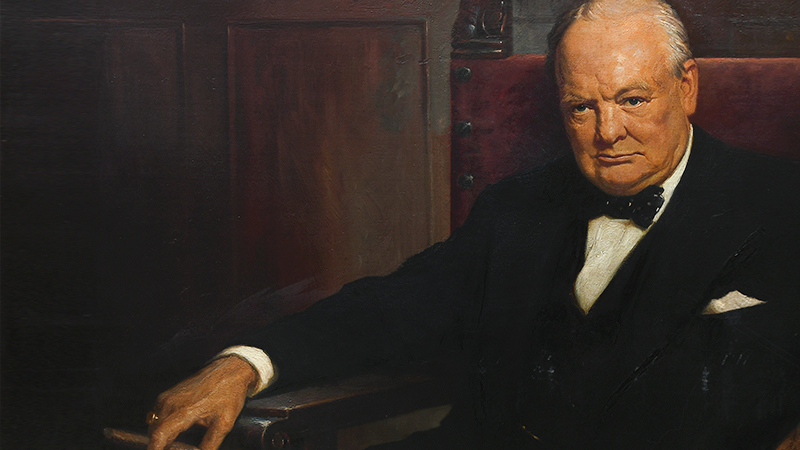
The Winston S. Churchill Collection of Steve Forbes
This remarkable collection of original material on Winston S. Churchill from the personal collection of Malcolm Stevenson Forbes Jr. (Steve Forbes) represents one of the most significant collections handled by Peter Harrington in more than 50 years as booksellers, and is considered one of the finest such collections in private hands.
Churchill is an icon. He is on the £5 note, his statue is in London’s Parliament Square, he is one of history’s most universally recognizable historical figures. He is also a mythological figure who has had fierce critics and fiercer defenders. The Winston S. Churchill Collection of Steve Forbes allows us to delve deeply into this extraordinary man. It takes us to the heart of his moment of decision. It illuminates his private life away from the spotlight. In every item, the real Churchill reaches out from the legend.
Steve Forbes, the Leading Churchill Collector
This collection is a testament to what a private collector can achieve through combining multi-decade perseverance with the ability to grasp every opportunity to acquire exceptional material.
Forbes is the third-generation chairman and editor-in-chief of Forbes Magazine, America’s premier business publication. Like Churchill, his life has straddled the spheres of politics and publishing. He ran for US President in 1996 and 2000. For decades he has had a prominent role in America’s politics and remains a keenly sought voice on national political and economic questions.
Forbes follows his father as a major collector in many fields – it is difficult to find an area which the Forbes family has not collected. Churchill has always been a key interest, ever since as a child, Forbes first heard of the statesman from his father, who had fought and been wounded in the Second World War. In the 1980s Forbes established himself as the leading Churchill collector. As he has written, “The man wrote so many memos, letters, articles and books that my quest easily became a lifetime passion. Things always led to more things!”. Forbes was keenly aware of the market and had his direct pick of the best material: with his phenomenal reputation much was offered straight to him, bypassing all other collectors and public sale.
The collection has its trophies. Churchill’s desk and one of his paintings sit alongside a breathtaking collection of inscribed books. These showpieces are the gems, worthy of museums and showcases. But the real strength of the collection is not the pinnacles but the sheer comprehensiveness which underpins it – literally thousands of letters, documents, ephemera, objects, and books, representing as complete a collection as could reasonably be hoped in one lifetime. Forbes’s drive, enthusiasm, and knowledge ensures the collection is more than the sum of its parts, and every item is enhanced by its “Forbes” provenance.
There comes a time when every collection must find its final home or be dispersed for the next generation. Forbes has said that as his family does not share his passion, it is best for the material to go to new collectors, allowing others to share in the pursuit which has enthralled him for decades.
As one of the world’s leading dealers in Churchill’s material, we at Peter Harrington are privileged to be presented with the opportunity to find a new home for this exceptional collection. Items will be sold individually to new and established collectors and to museums and archives, where they will continue to educate and inspire.
A Collection of Breadth and Depth
The collection covers the breadth of Churchill’s long career, and illustrates his many roles: as adventurer, soldier, politician, wartime leader, and writer.
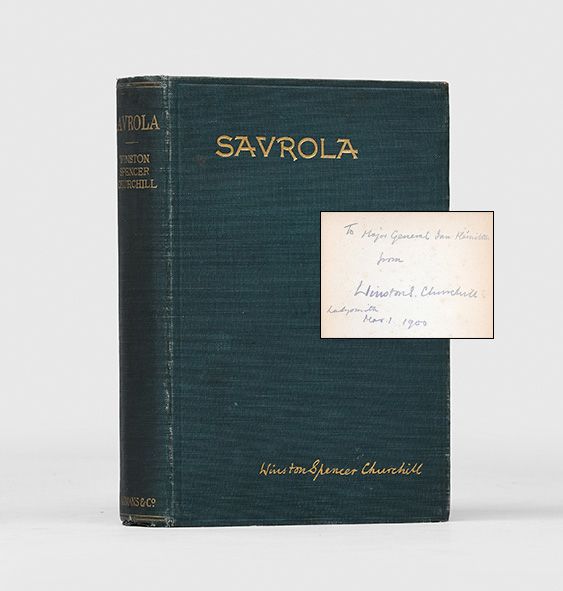
Churchill as Adventurer
In his autobiography My Early Life, Churchill appealed to the young of all ages: “I cannot but return my sincere thanks to the high gods for the gift of existence … Come on now all you young men, all over the world … Twenty to twenty-five! These are the years!”. By the time he was 27 Churchill had lived more than most people ever do: he had travelled to Cuba to observe their revolution, joined the Malakand Field Force to suppress a rebellion in Northwest India, fought with Kitchener against the Mahdi in the Sudan, and went to South Africa to serve in the Boer War, whereupon he was captured and made a daring escape from a prisoner-of-war camp.
A relic of these years of adventure is an extraordinary presentation copy of the young Churchill’s novel Savrola, inscribed “To Major General Ian Hamilton from Winston S. Churchill Ladysmith Mar. 1. 1900”. The preceding day Churchill and his mentor, the military commander Ian Hamilton, had finally relieved the city of Ladysmith, ending a 118-day siege by Boer forces: Churchill called it “one of the most happy memories of my life” (My Early Life). That night he and Hamilton uncorked champagne and dined together, and the following day this book was presented, a wonderful link between the young Churchill and the military leader he so admired.



Churchill as Adventurer
In his autobiography My Early Life, Churchill appealed to the young of all ages: “I cannot but return my sincere thanks to the high gods for the gift of existence … Come on now all you young men, all over the world … Twenty to twenty-five! These are the years!”. By the time he was 27 Churchill had lived more than most people ever do: he had travelled to Cuba to observe their revolution, joined the Malakand Field Force to suppress a rebellion in Northwest India, fought with Kitchener against the Mahdi in the Sudan, and went to South Africa to serve in the Boer War, whereupon he was captured and made a daring escape from a prisoner-of-war camp.
A relic of these years of adventure is an extraordinary presentation copy of the young Churchill’s novel Savrola, inscribed “To Major General Ian Hamilton from Winston S. Churchill Ladysmith Mar. 1. 1900”. The preceding day Churchill and his mentor, the military commander Ian Hamilton, had finally relieved the city of Ladysmith, ending a 118-day siege by Boer forces: Churchill called it “one of the most happy memories of my life” (My Early Life). That night he and Hamilton uncorked champagne and dined together, and the following day this book was presented, a wonderful link between the young Churchill and the military leader he so admired.
Churchill the Soldier
Churchill was not just under fire as a young man. In 1916 he was in the trenches of the Western Front. To many this seemed a tremendous fall – Churchill had risen to one of the leading decision-makers of Britain’s First World War government, but the perceived failure of the Gallipoli Campaign forced his removal from power. Most men in his position would have retired to the backbenches. Instead, the 41-year-old Churchill headed to the trenches to fight with the common soldiers. In an extraordinary series of letters, written “in the field”, Churchill narrates his experience of German shelling, writing he is “under fire every day”, and detailing the action he was seeing. In the Second World War, Churchill never made military decisions lightly: he knew the reality of war.






Churchill the Soldier
Churchill was not just under fire as a young man. In 1916 he was in the trenches of the Western Front. To many this seemed a tremendous fall – Churchill had risen to one of the leading decision-makers of Britain’s First World War government, but the perceived failure of the Gallipoli Campaign forced his removal from power. Most men in his position would have retired to the backbenches. Instead, the 41-year-old Churchill headed to the trenches to fight with the common soldiers. In an extraordinary series of letters, written “in the field”, Churchill narrates his experience of German shelling, writing he is “under fire every day”, and detailing the action he was seeing. In the Second World War, Churchill never made military decisions lightly: he knew the reality of war.



Churchill the Politician
Churchill recovered from Gallipoli, and for the next four decades he was one of Britain’s leading political voices, even in the 1930s when his warnings against appeasement was delivered from the political wilderness. Many items in the collection illustrate Churchill’s skills as a politician. Churchill was a profoundly honourable man, but he also recognised politics as a game, and was by no means averse to scheming. A wonderfully resonant item perfectly encapsulates this: in 1922, perhaps as a joke, perhaps very seriously, he inscribed a copy of Machiavelli’s The Prince to the newspaper tycoon Lord Beaverbrook.
The Prince, of course, is the definitive manual of political machination, outlining how to win the support of the masses, safeguard your position, and achieve your end whatever the means. Lord Beaverbrook, whom Churchill later appointed as his wartime Minister of Aircraft Production, was very much at the forefront of British politics, and a behind-the-scenes puller of strings. He was able to make or break a political career – he greatly helped to advance Churchill’s – and is certainly in many ways a Machiavellian figure. But many would argue so was Churchill, who, in the long run, seemed to achieve most of the political goals he set his mind to.



Churchill the Politician
Churchill recovered from Gallipoli, and for the next four decades he was one of Britain’s leading political voices, even in the 1930s when his warnings against appeasement was delivered from the political wilderness. Many items in the collection illustrate Churchill’s skills as a politician. Churchill was a profoundly honourable man, but he also recognised politics as a game, and was by no means averse to scheming. A wonderfully resonant item perfectly encapsulates this: in 1922, perhaps as a joke, perhaps very seriously, he inscribed a copy of Machiavelli’s The Prince to the newspaper tycoon Lord Beaverbrook.
The Prince, of course, is the definitive manual of political machination, outlining how to win the support of the masses, safeguard your position, and achieve your end whatever the means. Lord Beaverbrook, whom Churchill later appointed as his wartime Minister of Aircraft Production, was very much at the forefront of British politics, and a behind-the-scenes puller of strings. He was able to make or break a political career – he greatly helped to advance Churchill’s – and is certainly in many ways a Machiavellian figure. But many would argue so was Churchill, who, in the long run, seemed to achieve most of the political goals he set his mind to.
Churchill the Wartime Leader
Churchill’s career climaxed in his leadership of the Allied powers against the Nazi threat – at one stage, standing alone against them. Countless items from the collection represent this role. One is particularly evocative. Churchill inscribed his book about the First World War “To Admiral Charles Forbes from Winston S. Churchill Scapa Flow March 9. 1940”. That day, Churchill was in the flagship of Admiral Forbes (no relation to Steve Forbes), marking the occasion of Scapa Flow being brought back into use as the nation’s core naval base. Churchill recounted in his memoirs that a false air raid siren led them all to believe they were being attacked, but all reacted with resolution and clear-headedness.
Such a book transports the holder back, to a specific ship, in a specific place, on a specific day. The past becomes far more real with such objects than in the pages of a history book.






Churchill the Wartime Leader
Churchill’s career climaxed in his leadership of the Allied powers against the Nazi threat – at one stage, standing alone against them. Countless items from the collection represent this role. One is particularly evocative. Churchill inscribed his book about the First World War “To Admiral Charles Forbes from Winston S. Churchill Scapa Flow March 9. 1940”. That day, Churchill was in the flagship of Admiral Forbes (no relation to Steve Forbes), marking the occasion of Scapa Flow being brought back into use as the nation’s core naval base. Churchill recounted in his memoirs that a false air raid siren led them all to believe they were being attacked, but all reacted with resolution and clear-headedness.
Such a book transports the holder back, to a specific ship, in a specific place, on a specific day. The past becomes far more real with such objects than in the pages of a history book.



Churchill the Writer
In a speech in the House of Commons in 1948, Churchill stated “I consider that it will be found much better by all parties to leave the past to history, especially as I propose to write that history myself”. This is the source of the oft repeated misquote “History will be kind to me, and I intend to write it”. Certainly, that aptly summarizes Churchill’s two magisterial books on the First World War and then on the Second: part history, part memoir, part a scholarly treatment of events, part a vindication of his conduct.
Perhaps the star item of the collection is Churchill’s own heavily annotated proof copies of his memoir The Second World War, which he gave to his key literary collaborator Bill Deakin to assist in the final pre-publication revision of the text. This is accompanied by a mass of documents and correspondence illustrating Churchill’s writing of the history. Churchill was always a man who made his primary living as a writer, and he was awarded the Nobel Prize in Literature in 1953. The proofs and associated documentation illustrate Churchill as a wordsmith, crafting books of phenomenal literary power, and constituting what is almost certainly the most important account of the war.
Churchill the Writer
In a speech in the House of Commons in 1948, Churchill stated “I consider that it will be found much better by all parties to leave the past to history, especially as I propose to write that history myself”. This is the source of the oft repeated misquote “History will be kind to me, and I intend to write it”. Certainly, that aptly summarizes Churchill’s two magisterial books on the First World War and then on the Second: part history, part memoir, part a scholarly treatment of events, part a vindication of his conduct.
Perhaps the star item of the collection is Churchill’s own heavily annotated proof copies of his memoir The Second World War, which he gave to his key literary collaborator Bill Deakin to assist in the final pre-publication revision of the text. This is accompanied by a mass of documents and correspondence illustrating Churchill’s writing of the history. Churchill was always a man who made his primary living as a writer, and he was awarded the Nobel Prize in Literature in 1953. The proofs and associated documentation illustrate Churchill as a wordsmith, crafting books of phenomenal literary power, and constituting what is almost certainly the most important account of the war.



Churchill the Man
If a single object could be chosen to show Churchill as a man beyond the wartime titan, it would be one of his original paintings. In the winter of 1935/36, Churchill travelled to Morocco, and for many happy days indulged in one of his life’s great pleasures: simple amateur painting. His watercolours may not reach the heights of the highest level of art, but nonetheless show technical proficiency, strong awareness of light and shade, and certainly strong enthusiasm, all on clear display in this painting of a gorge in the eastern Atlas Mountains.
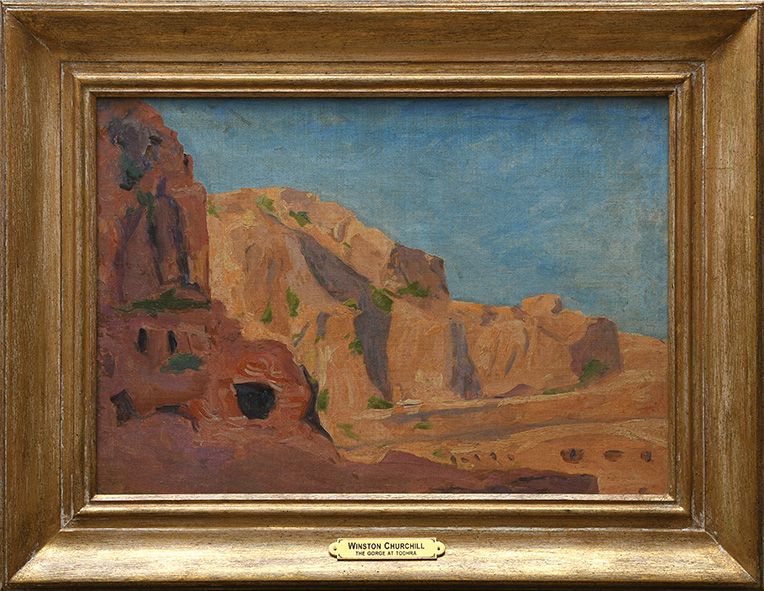


Churchill the Man
If a single object could be chosen to show Churchill as a man beyond the wartime titan, it would be one of his original paintings. In the winter of 1935/36, Churchill travelled to Morocco, and for many happy days indulged in one of his life’s great pleasures: simple amateur painting. His watercolours may not reach the heights of the highest level of art, but nonetheless show technical proficiency, strong awareness of light and shade, and certainly strong enthusiasm, all on clear display in this painting of a gorge in the eastern Atlas Mountains.



Written by John Ryan, Politics Specialist

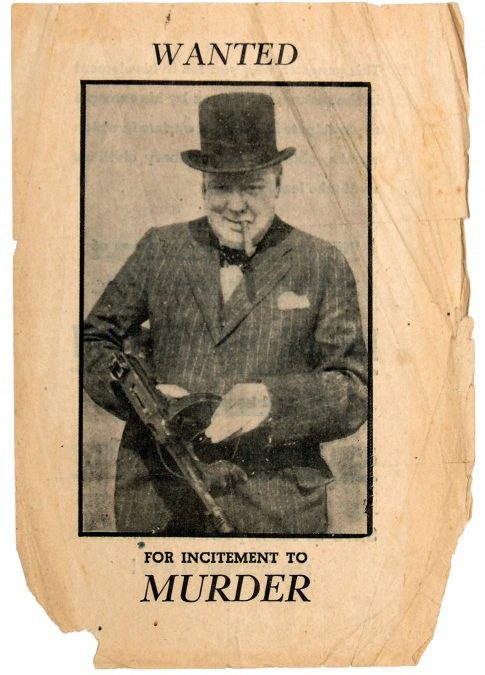
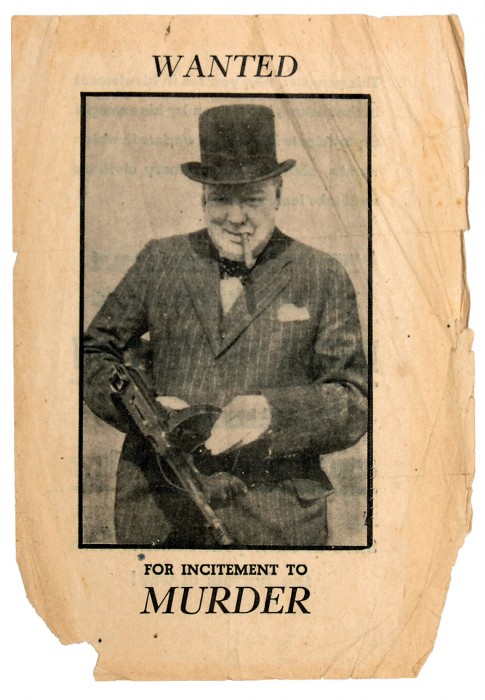
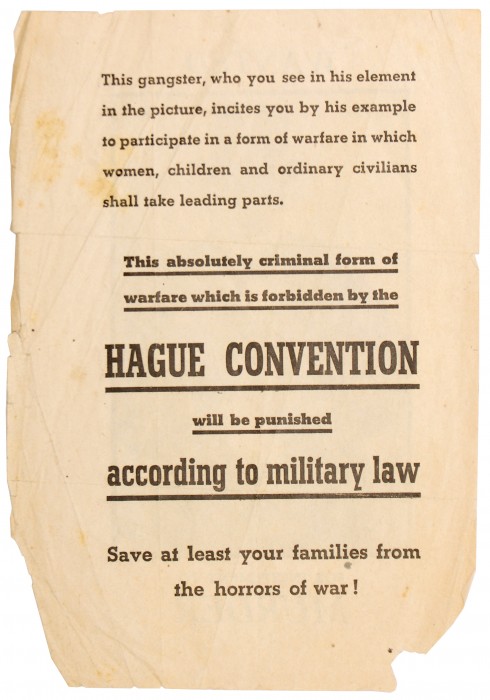
Recent Comments